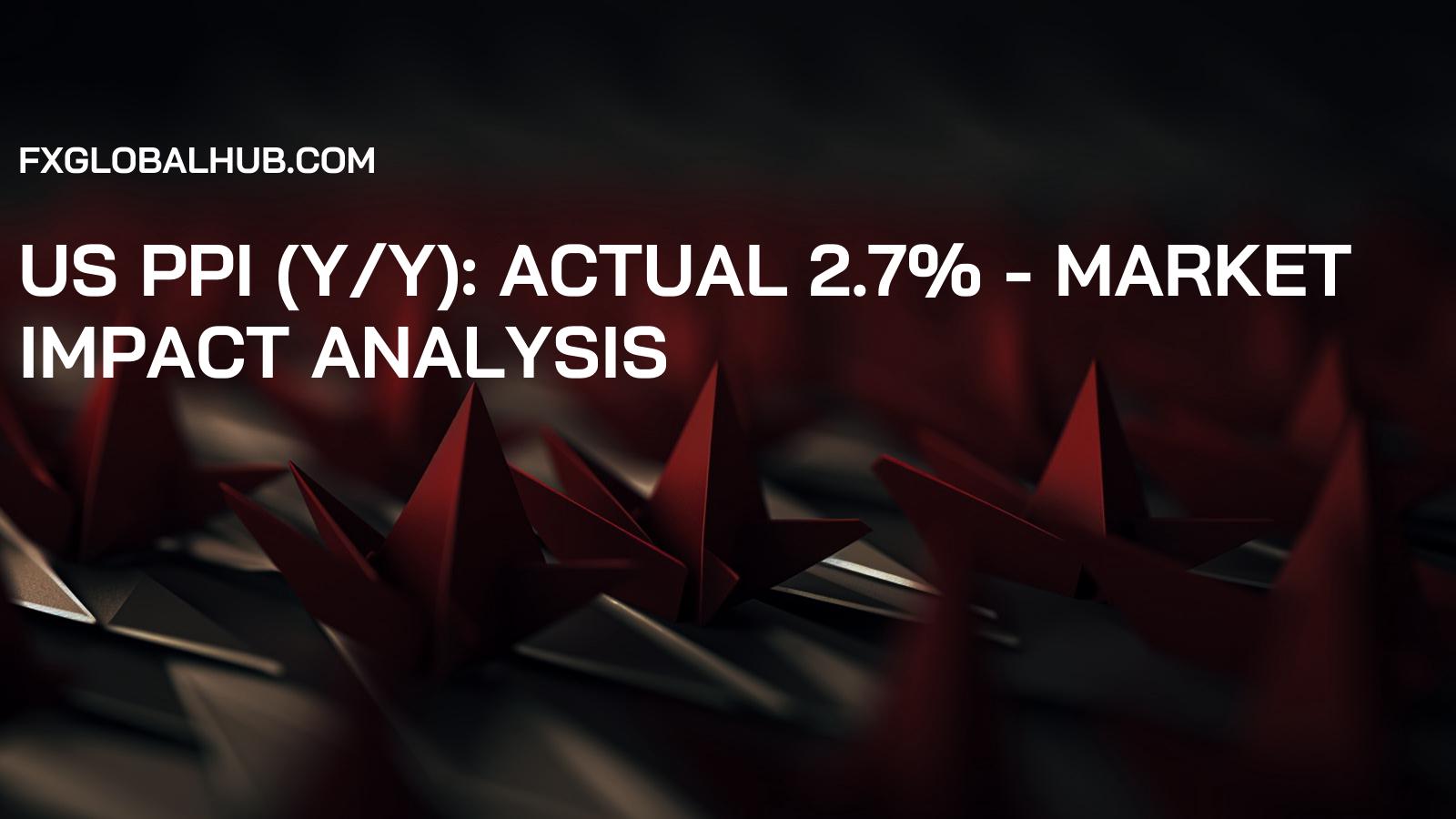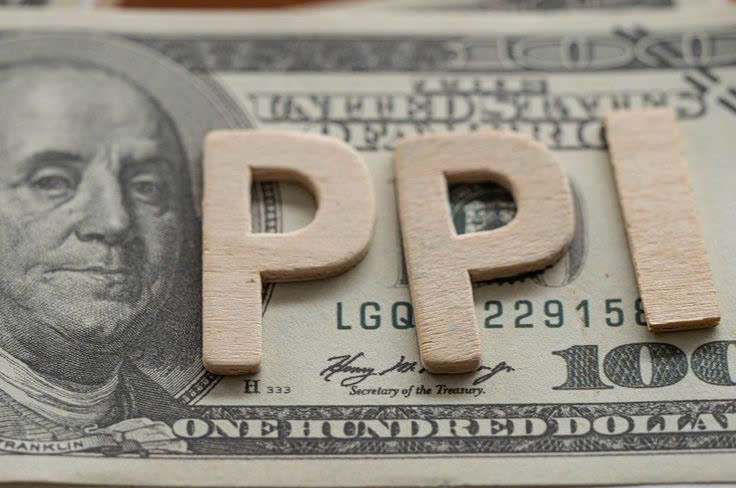FxGlobalHub: DXY Dollar Index Reverses Course, Rises to 102.18
Updated: 2025/04/04 19:42:20
The Dollar Index (DXY), a measure of the dollar's value against a basket of currencies, has reversed its previous downtrend, climbing 0.24% to 102.18. Understand the factors driving this shift and its potential impact on forex markets.
DXY Reverses Downtrend: Key Takeaways
The Dollar Index (DXY) experienced a notable shift, rebounding from earlier losses to close at 102.18, marking a 0.24% increase. This reversal warrants a closer look at the underlying drivers and potential implications for the broader financial markets.
Understanding the Dollar Index (DXY)
The Dollar Index (DXY) is a weighted geometric mean of the dollar's value relative to a basket of six foreign currencies: Euro (EUR), Japanese yen (JPY), British pound (GBP), Canadian dollar (CAD), Swedish krona (SEK), and Swiss franc (CHF). It serves as a benchmark for the international value of the USD. A rising DXY generally indicates a strengthening dollar, while a falling DXY suggests a weakening dollar.
Factors Driving the DXY Increase
Several factors could contribute to the DXY's recent upward movement:
- Stronger-than-Expected Economic Data: Positive economic data releases from the United States, such as strong employment figures or better-than-anticipated inflation reports, can bolster the dollar's value. This is because robust economic performance often leads to expectations of tighter monetary policy from the Federal Reserve, making dollar-denominated assets more attractive to investors.
- Geopolitical Uncertainty: Global geopolitical tensions or economic instability in other countries can drive investors towards the perceived safety of the US dollar. In times of uncertainty, the dollar often acts as a safe-haven asset.
- Federal Reserve Policy: The Federal Reserve's monetary policy decisions, including interest rate hikes or hawkish statements, can significantly impact the DXY. Higher interest rates generally attract foreign capital, increasing demand for the dollar.
- Weakness in Other Currencies: Conversely, weakness in other major currencies within the DXY basket can also contribute to its rise. For example, concerns about economic growth in Europe or Japan could weaken the Euro and Yen, respectively, leading to a stronger dollar.
Impact on Forex Markets
A rising DXY typically has several effects on the forex market:
- EUR/USD: A stronger dollar usually puts downward pressure on the EUR/USD exchange rate. This means that it takes fewer dollars to buy one Euro. Traders closely monitor the DXY for signals about potential movements in EUR/USD.
- USD/JPY: Conversely, a rising DXY often leads to an increase in the USD/JPY exchange rate, meaning it takes more Yen to buy one dollar. The relationship isn't always perfectly correlated but the trend is often observed.
- Emerging Market Currencies: A strengthening dollar can create headwinds for emerging market currencies. These currencies often face increased pressure as investors shift capital towards the US, potentially leading to capital flight and currency depreciation.
Impact on Gold
Gold is often considered an inverse hedge against the dollar. A strengthening dollar can make gold less attractive to investors holding other currencies, as it becomes more expensive to purchase. As a result, a rising DXY can exert downward pressure on gold prices.
Comparison to Previous Year
To provide a comprehensive assessment, it's crucial to compare the current DXY level to the same period last year. This comparison can reveal whether the current increase is part of a broader trend or a short-term fluctuation. For example, if the DXY was significantly lower last year, the current increase might indicate a fundamental shift in the dollar's strength.
Analyzing YoY changes can provide context around whether this is just a short term reversal of a larger trend, or the beginning of a significant, more impactful change in the dollar's strength compared to other global currencies. It is also important to analyze against the backdrop of inflation, Federal Reserve policy, and global economic outlook.
Future Outlook and Federal Reserve Policy
The future trajectory of the DXY will largely depend on the Federal Reserve's monetary policy decisions and the overall economic outlook for the United States. Any signals from the Fed about potential interest rate hikes or changes to its quantitative tightening policy will likely have a significant impact on the dollar's value.
Changes in other countries and global political factors will also be key factors. Monitor statements from central banks and economic data releases for insights into the future direction of the dollar index.
Fed's Collins: Expect Rates to Stay Higher for Longer.
2025/04/11 20:17:53

Silver Spot Price Jumps 1.00% to $31.52 an Ounce Today
2025/04/11 19:49:53

US PPI (y/y): Actual 2.7% - Market Impact Analysis
2025/04/11 19:30:45

Thai Finance Minister Hopes for Trade Talks with US Officials Soon
2025/04/11 19:12:21

US Energy Secretary Wright: US to Keep Increasing Oil Production Under Trump
2025/04/11 18:23:15

US Energy Secretary: Maximum Pressure on Iran Oil Exports
2025/04/11 18:17:21

Gold Futures Soar to $3,250 in New York: Up 2.28%
2025/04/11 17:14:57

Scenarios and News analysis of XAUUSD: PPI, Inflation expectations & Gold rally on China’s tariff response
2025/04/11 17:06:50
